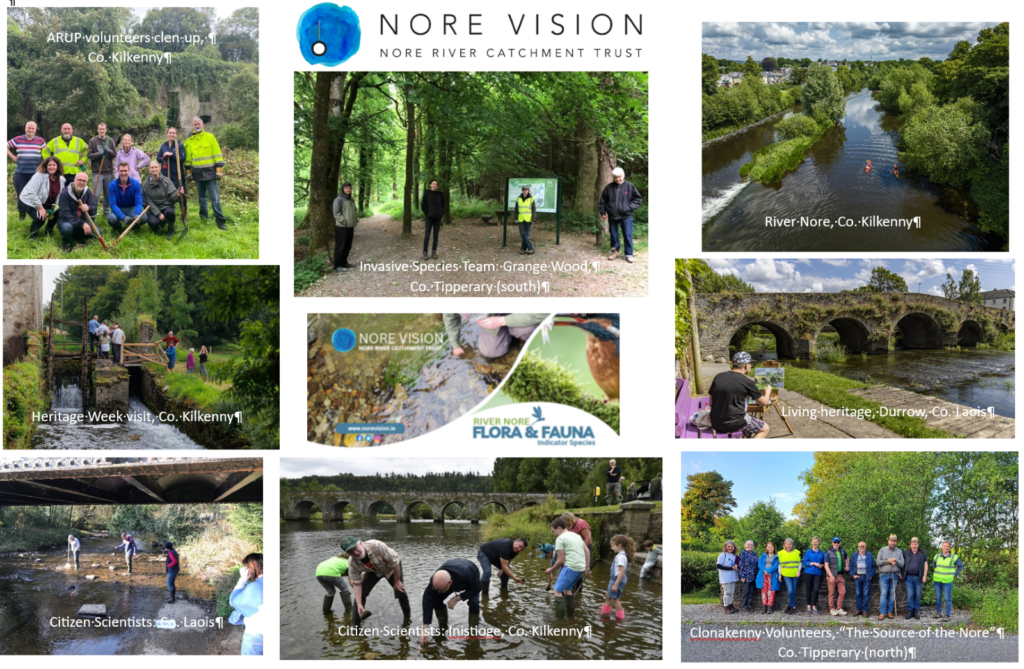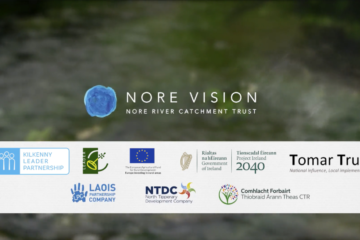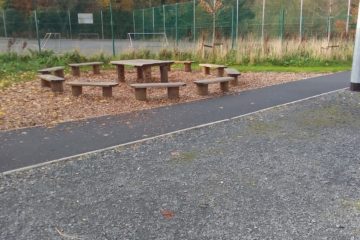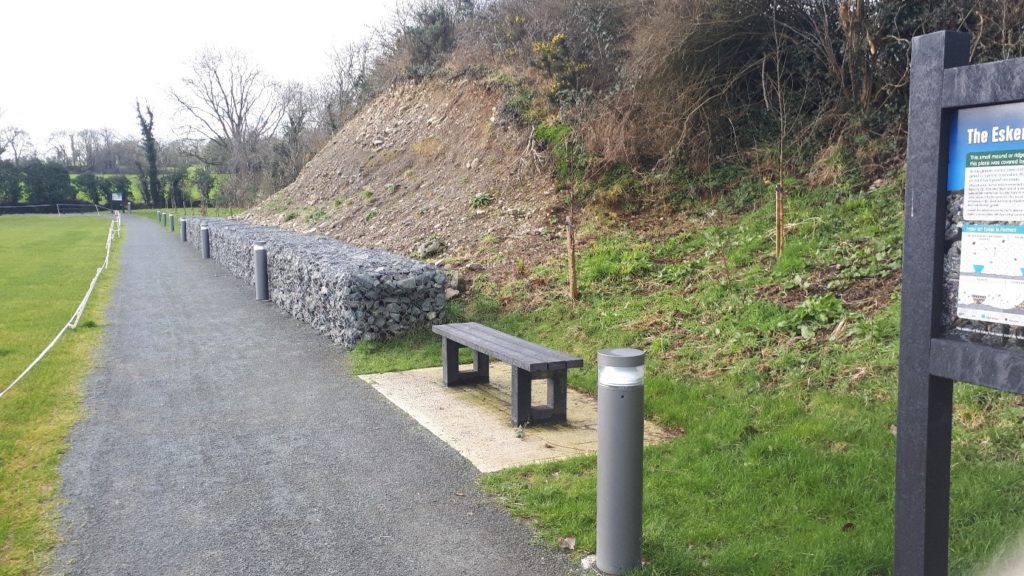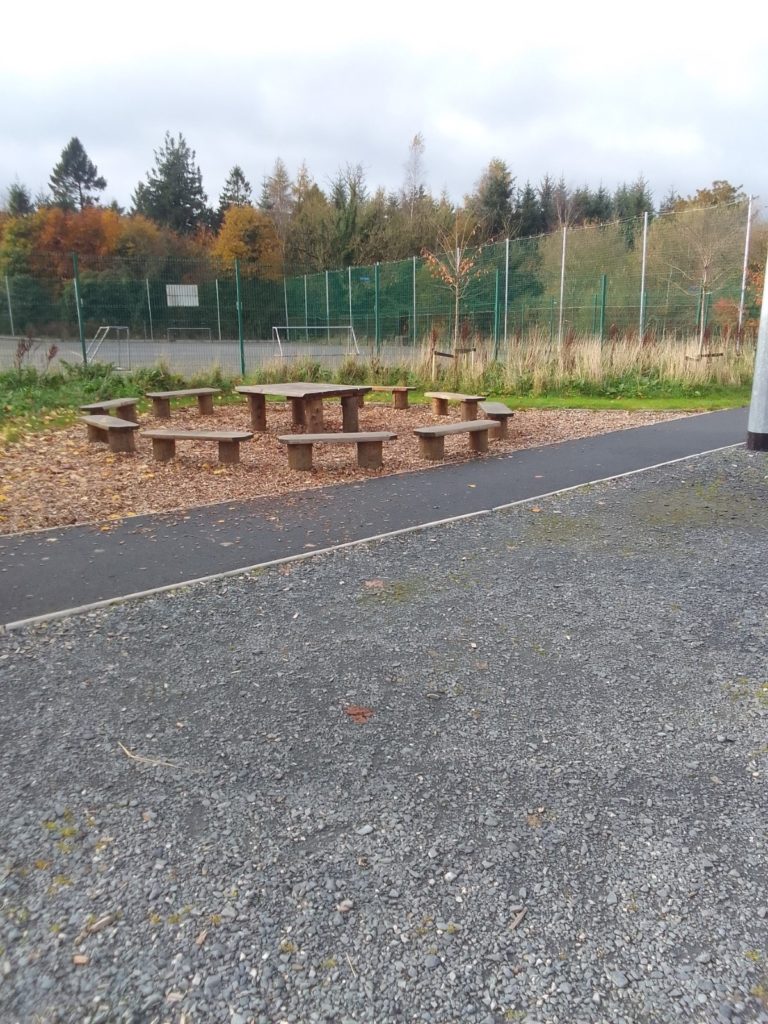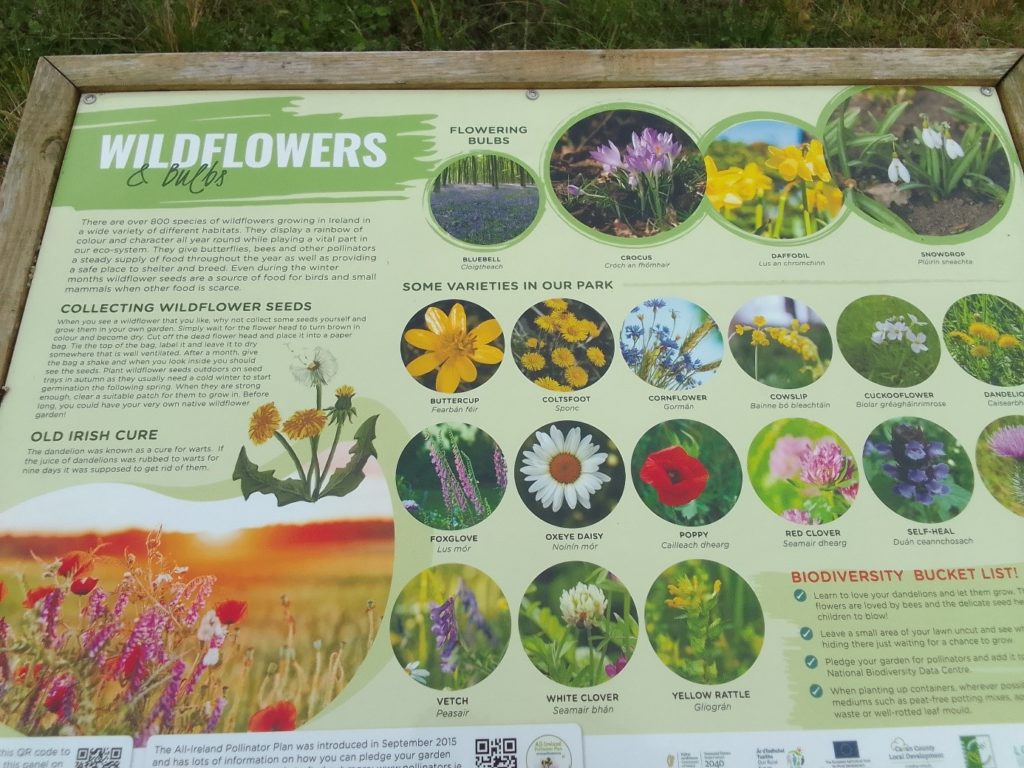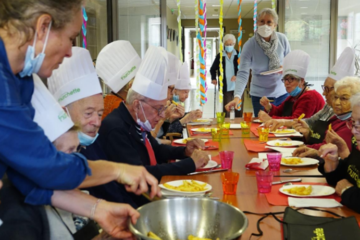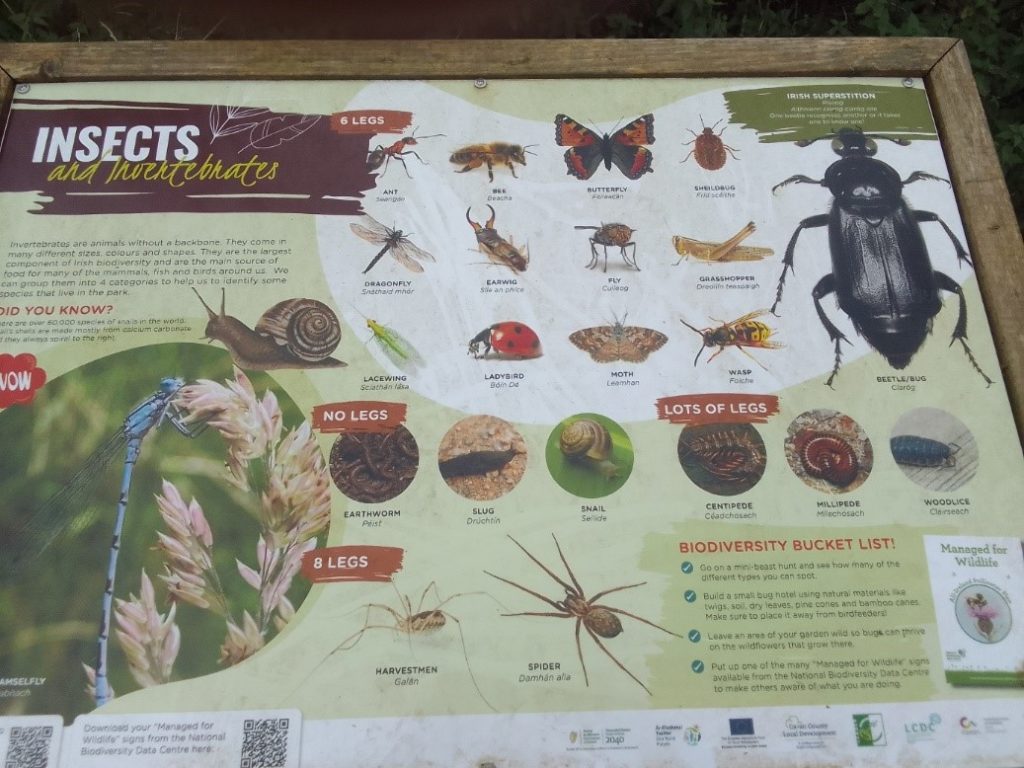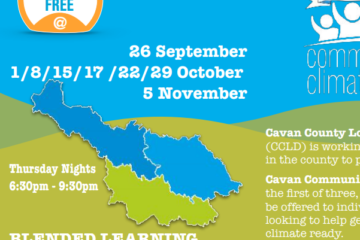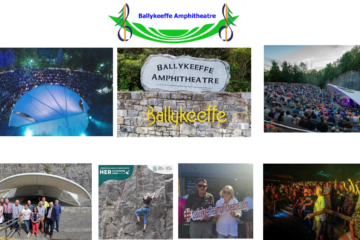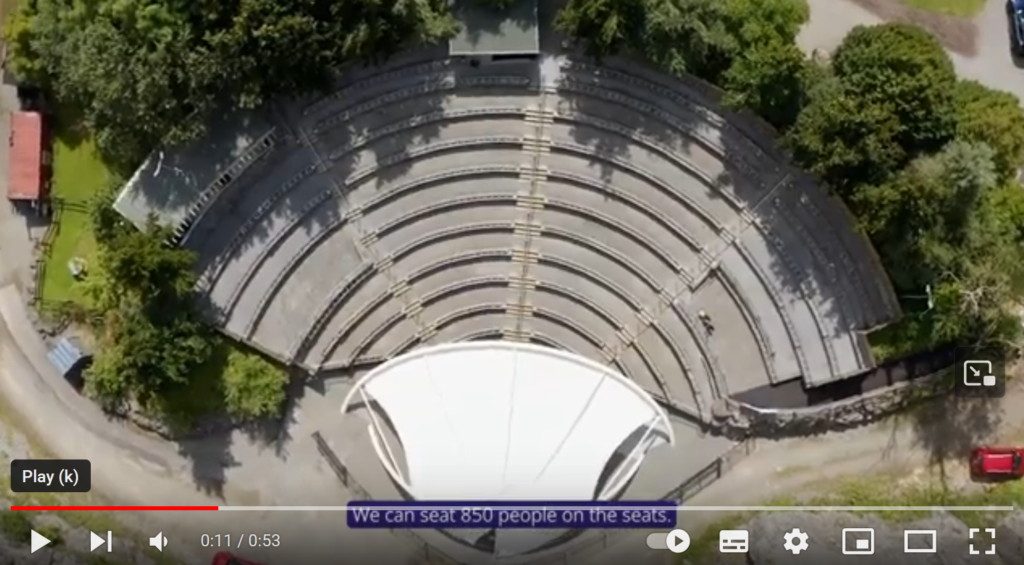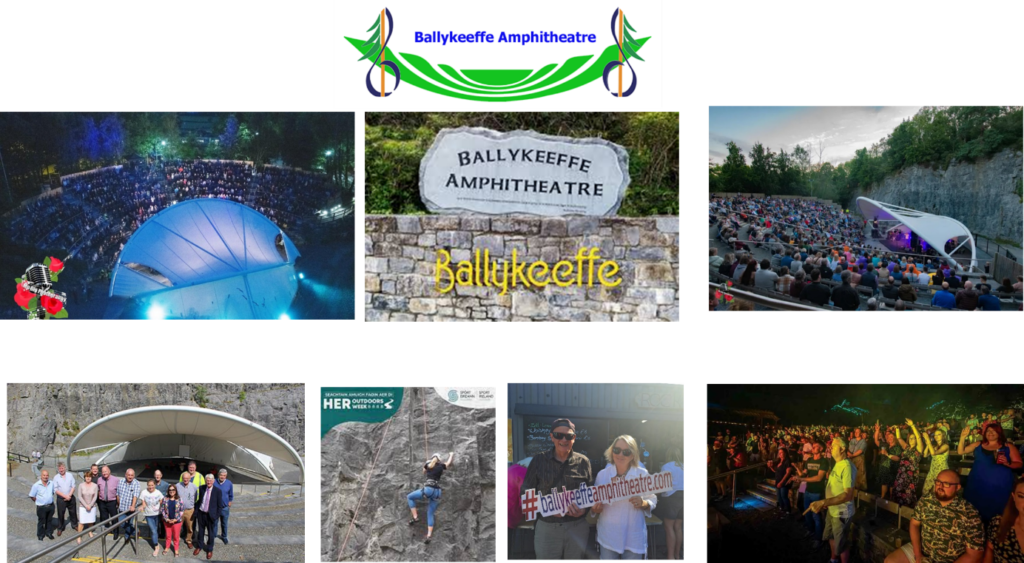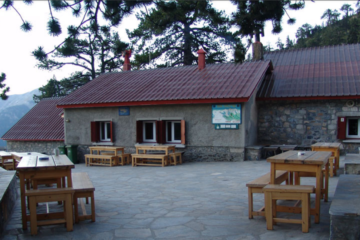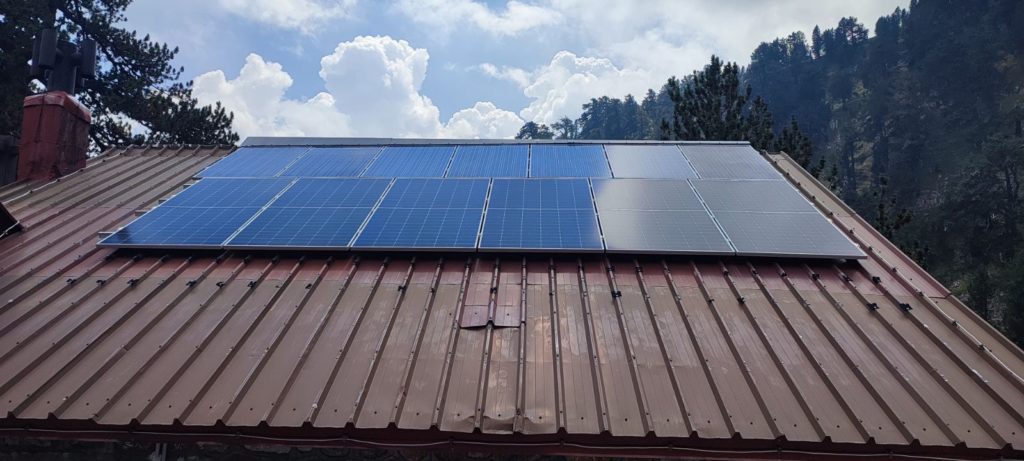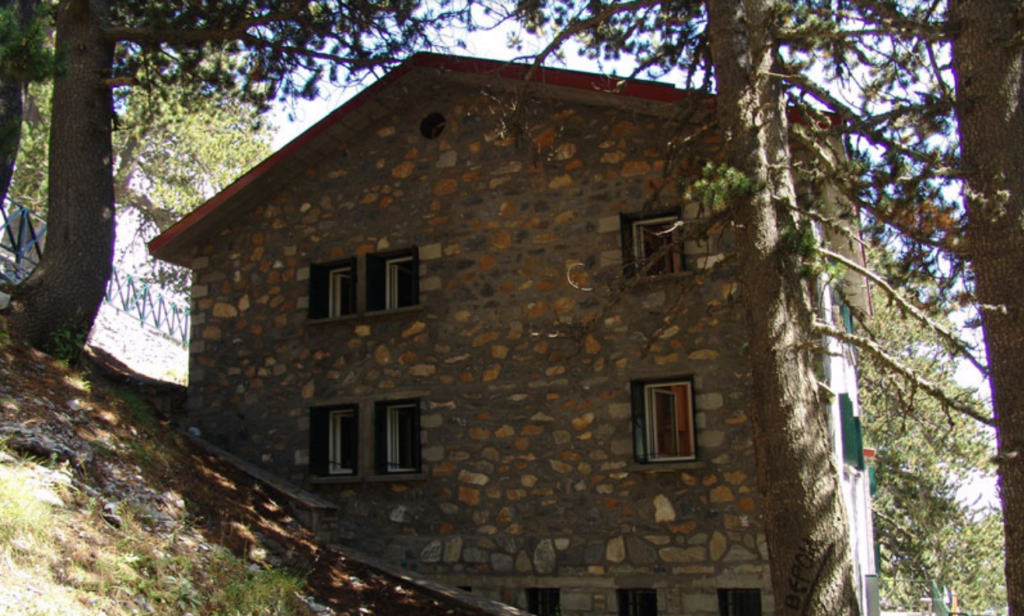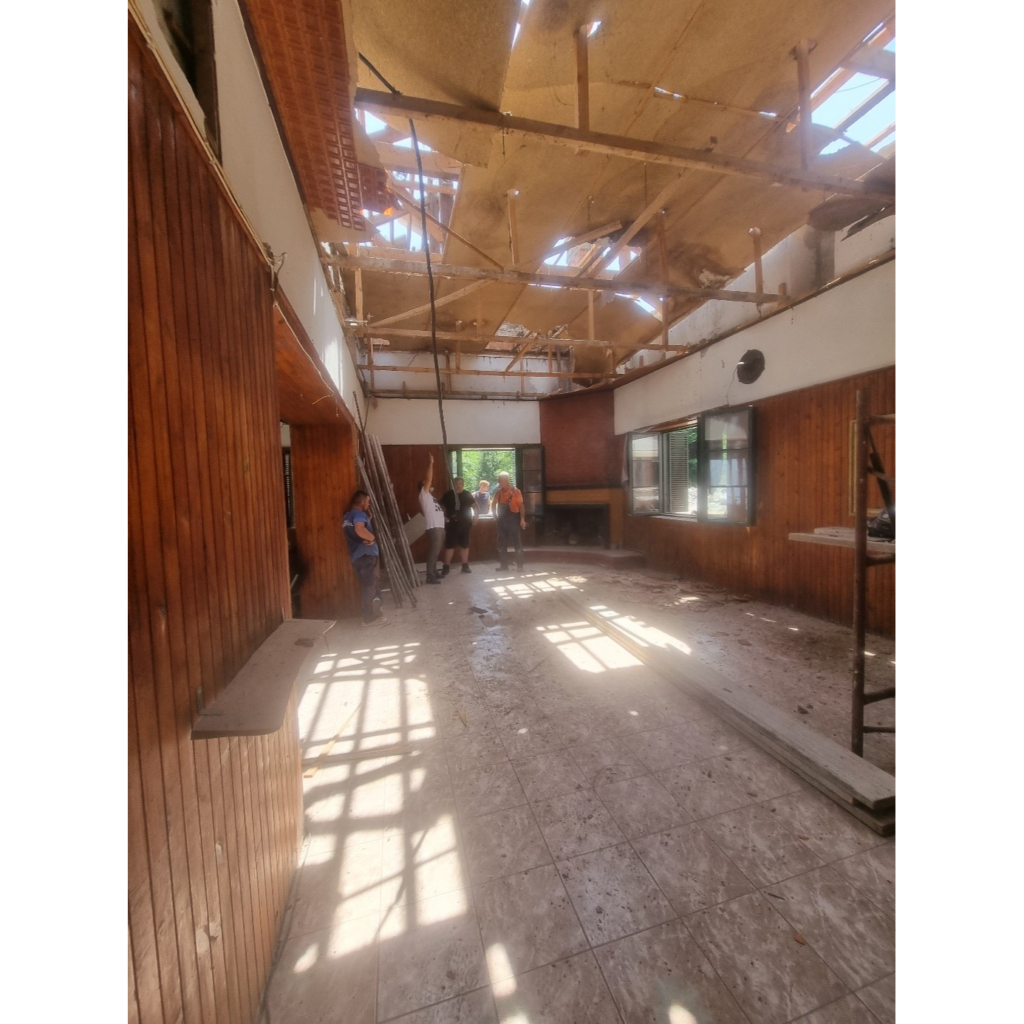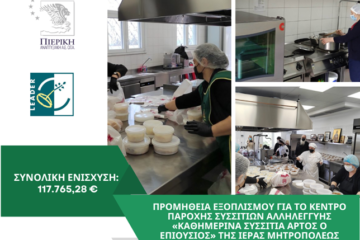Ireland
Introduction
The Nore Vision project has the long-term objective of developing a broad-based strategy for the future of the River Nore system (or catchment) in southeast Ireland. The ambitious strategy will include all elements of river’s qualities and utilities, including water quality, biodiversity- habitats, built heritage, recreation and land use for the entire River Nore catchment: the main river channel, its tributaries- and the land the waters drain.
The project is said to be, “long, wide and deep” in scope and concept. It is long in having a long-term vision for the Nore catchment over a generational or 20-to-25-year period. It is wide in including several counties that cover the catchment. And the Nore Vision is deep in the full integration of its complex interests.
The River Nore- similarly to many Irish river catchments, is under pressure in terms of disimproving water quality, reducing biodiversity, endangered habitats, and competition and tensions between land use, recreation and tourism interests. The Nore Vision sought to unite the stakeholders in developing a long-term solution, with a realization that this would likely require an extended ‘generational’ period of 20 to 25 years.
Presentation of the project
The project area is the River Nore catchment that covers large parts of Counties Kilkenny and Laois- and smaller areas of Counties Tipperary and Carlow in southeast Ireland covering a territory of 2,500 Km2 and a population of approximately 100,000 people; [See the attached map]. The catchment spanned four LEADER Local Action Group regions, from which Kilkenny LEADER Partnership, Laois Partnership, North Tipperary Development Company and South Tipperary Development Company are the local development cipompany partners. The project involved consultation and workshops with dozens of organisational stakeholders- and hundreds of individuals.
The River Nore- similarly to many Irish river catchments, is under pressure in terms of disimproving water quality, reducing biodiversity, endangered habitats, and competition and tensions between land use, recreation and tourism interests. The Nore Vision sought to unite the stakeholders in developing a long-term solution, with a realization that this would likely require an extended period; a ‘generation’: 20 to 25 years.
The initial project actions aimed at building the capacity of potential stakeholders included a series of Citizen Science events- gathering environmental data, invasive plant species eradication, a catchment wide ‘litter picks’ and heritage promotion- celebration events. The actions, even though commencing at the start of the Covid-19 crisis and running concurrent to the restrictions on movement and social mixing, were very popular and kick-started a dynamic to address the challenges of the Nore.
The bare numbers of the project actions are impressive. It provided relevant training actions to 928 people. 79 courses/ events and 8 forums/ workshops and final conference. One the main outputs was to raise the issue of the endangered present, and the potential hopeful future of the Nore catchment. The project was also a pioneer of a larger catchment approach spanning several municipality and LEADER LAG area boundaries, and demonstrates not only the possibilities of working across administrative to cover natural geographic borders, but the essential need to work so in terms of effectiveness with the environment.
LEADER was central and essential to the project; both in terms of funding: animation, training, analysis and development, capital, marketing- the full gamut of the ‘toolbox’; and as importantly, in terms of the LEADER principles. The bottom-up, community-led, approach that is at the core of the LEADER philosophy, required in the Nore Vision, an embrace of ‘cooperation’ and ‘networking’ specificities. It possibly goes without saying that the core Nore Vision work was a formal LEADER Cooperation project.
The final output of the project is the legacy of the formation of the Nore River Catchment Trust Clg (NRCT)- a nonprofit company formed to drive the goals of the generational strategy. NRCT has a voluntary board of directors, project and core funding and two staff. The board, staff and volunteers are working towards a vision of a healthy and vibrant Nore Catchment, appreciated, and enjoyed by all. It has become one of a growing, if still a small number, of strong and impactful river trust in Ireland. NRCT is now driving the Nore Vision beyond the project life.
The defining geographic features of the southeast region of Ireland are its major river systems. These rivers are emblematic to the identity of the regions and to the LAGs that operate in it. However, the state of these iconic geographic features holds real dangers for a wide range of rural development priorities: human utility- land use, tourism, recreation, etc., and the environment and health priorities of excellent water quality, biodiversity and habitat protection.
This concern at the River Nore in its complex of integrated- sometimes competing, at other time cooperating interests, was explicitly identified in the 2016- 2020 LEADER Local Development Strategy for County Kilkenny by Kilkenny LEADER Partnership (KLP). It was also noted in less detail in those of Laois Partnership (LP), North Tipperary Local Development (NTLP)and South Tipperary Development Company (STDC). For example, KLP’s ‘Turn to the River’ referred to the long-standing practice of communities, literally and metaphorically, turning their backs to their local waterway and often regarding it as a utilitarian feature: a drain/ sewer or haulage channel.
The Nore Vision allowed the LEADER partners to make both an immediate impact on the pressing challenges of the river system, and the opportunities for mitigation; and to lay the groundwork for a longer-term response that will be needed to effect lasting change of attitudes and then tangible solutions.
The project is eminently scalable and transferable to other LAG areas. The Nore Vision methodology is replicable and the development principles, in extending to catchment- (or indeed, other natural boundaries) and spanning administrative borders, is sustainable. The project is an exemplar as a response to the frequent gaps in environmental projects of addressing the appropriate operational area.
With respect to its pioneering online training, it was selected by the European E-Learning Institute as an EU ‘European Best Practice’ Climate Champion.
Pictures


